LEARN RATE OF CHANGE IN 3 MINUTES – BLOCKCHAIN 101
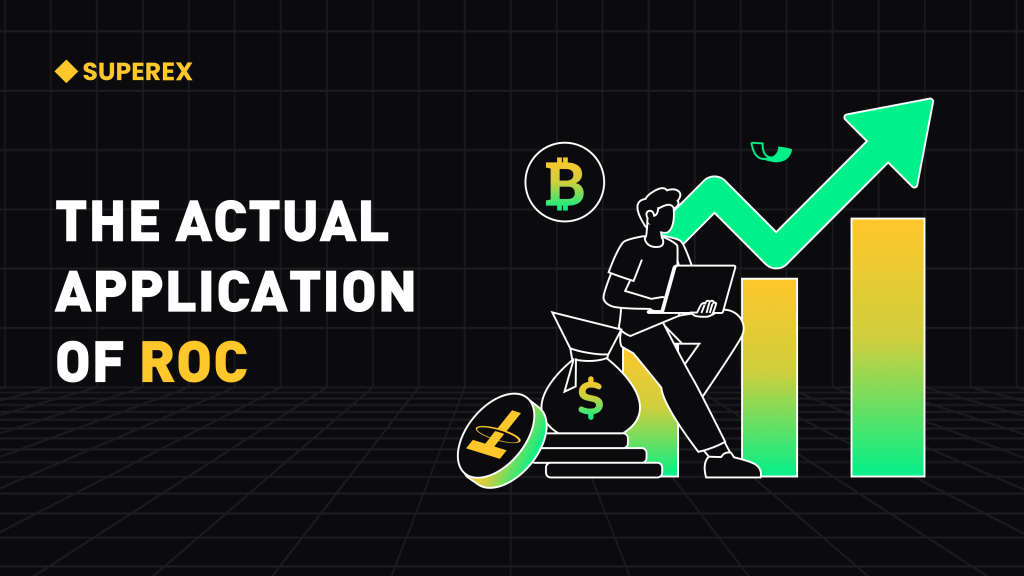
Summary:
In the rapidly evolving digital currency market, traders need to utilize various tools to gain a competitive edge. This article delves deep into the ROC (Rate of Change) indicator, exploring its application in the digital currency secondary market, its advantages, and offering a real trading example to better help you understand and utilize the ROC indicator.
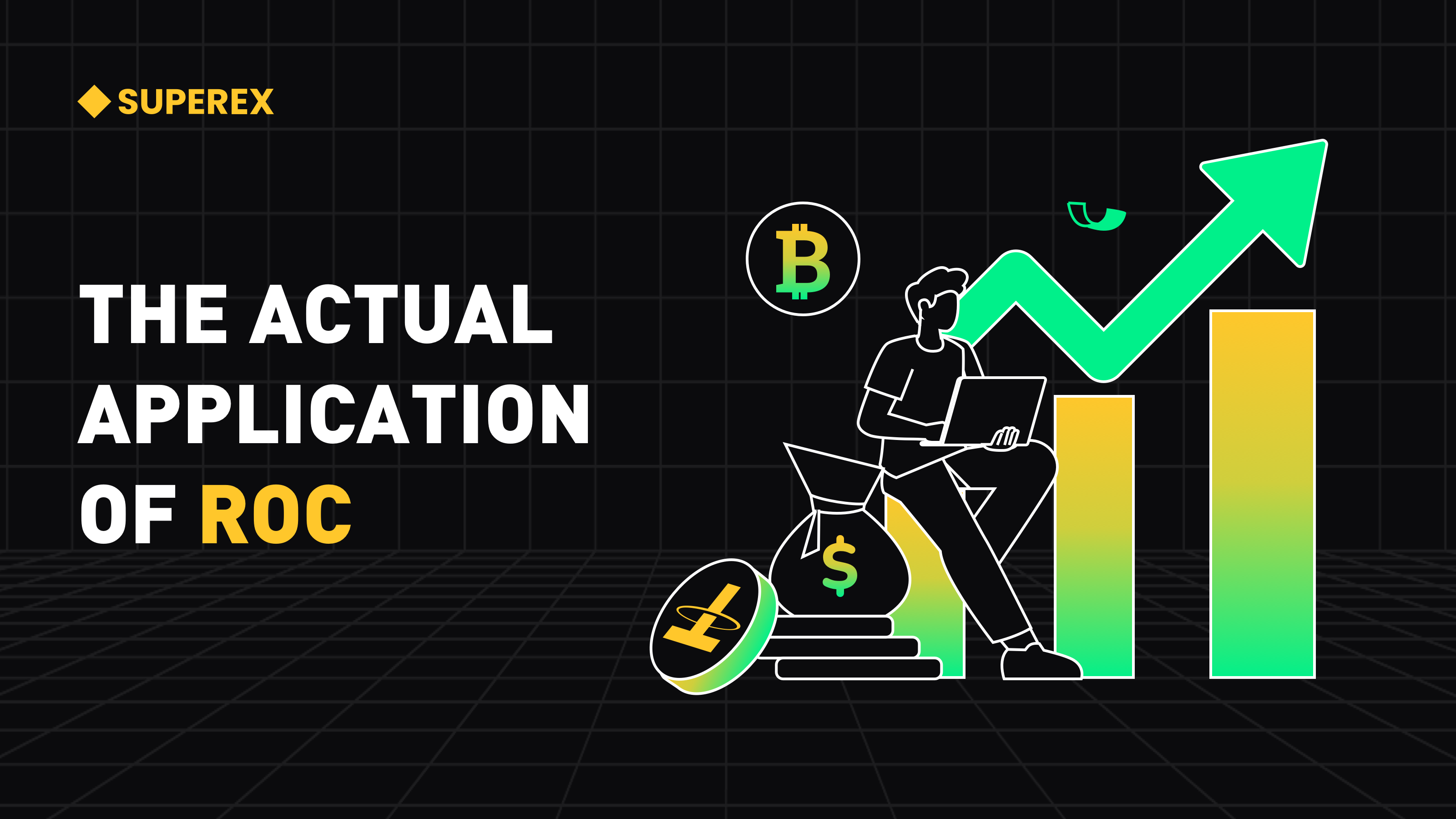
ROC Overview
ROC, or Rate of Change, is a widely-used indicator in technical analysis. Its primary function is to measure the percentage change in price over a specified period of time. While the calculation of ROC is relatively straightforward, it provides vital insights about price momentum and trends.
Advantages of ROC
Price Trend Momentum: ROC aids in understanding the momentum of a price, namely the speed and magnitude of its rise or fall. This is highly useful for assessing the strength of market trends.
Overbought and Oversold Indications: ROC can be employed to identify if the market is in an overbought or oversold condition. When the ROC rises significantly, the market might be in an overbought state, suggesting a potential pullback. Conversely, when the ROC drops sharply, the market might be in an oversold condition, hinting at a possible rebound.
Divergence Identification: Divergence between ROC and price can be leveraged to predict potential market reversals. For instance, when the price sets a new high, but the ROC doesn’t, it could indicate that the upward momentum of the market is waning, pointing to a possible reversal.
Uses of ROC:
In the digital currency secondary market, ROC can play a significant role:
Trend Confirmation: ROC can be used to confirm the momentum of price trends. When the ROC value deviates from the zero line and sustains for some time, it suggests that the trend might continue.
Trading Signals: Crossings of the ROC line and the zero line can generate buy or sell signals. For example, when the ROC line crosses above the zero line from below, it might generate a buy signal.
Risk Management: ROC can assist in determining potential market risks. Traders can utilize ROC to set stop-loss and take-profit levels, effectively managing risks.
Practical Application of ROC:
In digital currency trading, using the ROC indicator requires the following steps:
Selecting the Appropriate ROC Period: First, determine the time frame for the ROC you want to analyze. Typically, a 14-day period is common in the digital currency market, but you can adjust it according to your trading strategy.
Calculating ROC Values: Using the ROC calculation formula, compute the ROC value for each period. This involves comparing the current price with the price from N periods ago, and expressing the result as a percentage.
Analyzing the ROC Chart: Plot the calculated ROC values on a chart, observing its trends and crossover points. Look for potential buy or sell signals.
Combining with Other Indicators: It’s often best to use ROC in conjunction with other technical indicators to provide a more comprehensive market analysis. For instance, pairing it with moving averages or the RSI indicator can enhance the reliability of trading signals.
Example:
Let’s consider a real digital currency trading scenario, using the ROC indicator to assist in decision-making.
Background Information: Suppose we are a digital currency trader focusing on the ET (Extraterrestrial Token, abbreviated as ET)/USDT trading pair. We decide to employ a 14-day ROC indicator to aid our trading decisions.
Calculating ROC Values: Firstly, we need to calculate the 14-day ROC value. Assume that 14 days ago, the price of ETH was 4 USD, and today’s price is 4.3 USDT. Using the ROC calculation formula:
ROC = (Latest Price − Price from N days ago) / Price from N days ago × 100%
The calculated ROC value is: = (4.3-4) / 4 * 100% = 7.5%
Following this method, we calculate the ROC values for the recent 14 days:
Day 1: (4.05-4) / 4 * 100% = 1.25%
Day 2: (4.13-4) / 4 * 100% = 3.25%
…
Day 14: (4.3-4) / 4 * 100% = 7.5%
Having calculated the consistent ROC values for the past 14 days, we plot these values on the ROC chart to observe its trend. We notice that the ROC line has remained positive in recent days, indicating a persistent upward momentum in price.
Based on the trend of the ROC indicator, we conclude that the market’s upward momentum is robust. We might consider entering the market to buy ET at this point.
In this example, we used the ROC indicator to confirm the momentum of the price rise, then formulated a trading strategy and set risk management rules. This example underscores the process of leveraging the ROC indicator to assist in digital currency trading decisions.
It’s important to note that in actual trading, one needs to consider other factors, such as market sentiment, fundamental analysis, other technical indicators, etc., to make a more holistic decision. Furthermore, risk management is crucial to ensure traders do not incur substantial losses.
Risk Management: During the trading decision phase, one can set stop-loss levels to limit potential losses. For instance, we might decide to execute a stop-loss if the price drops 5% below our purchase price.


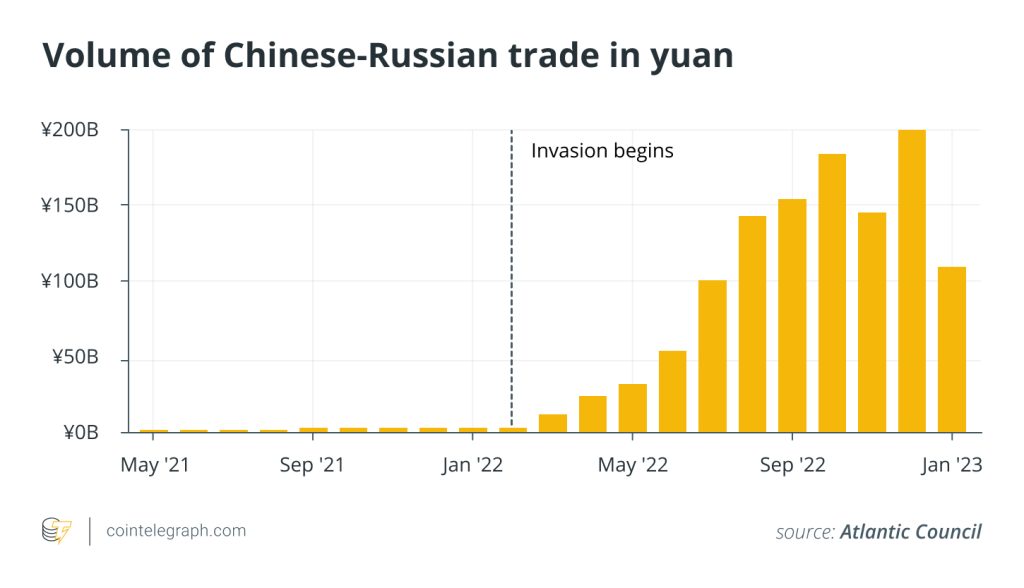

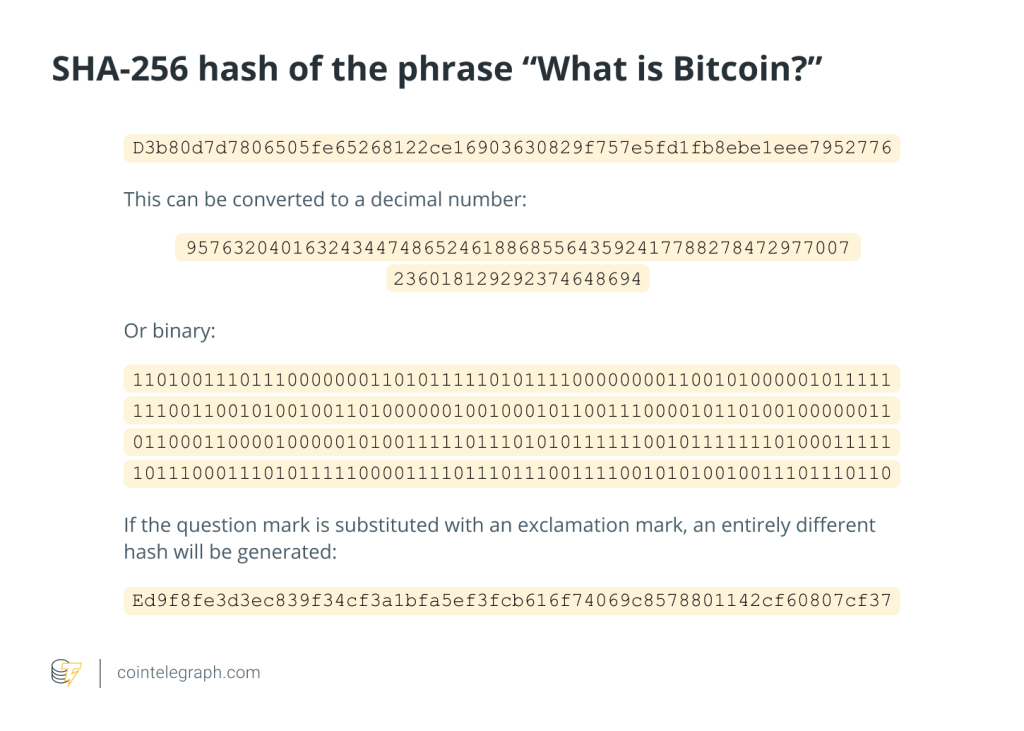
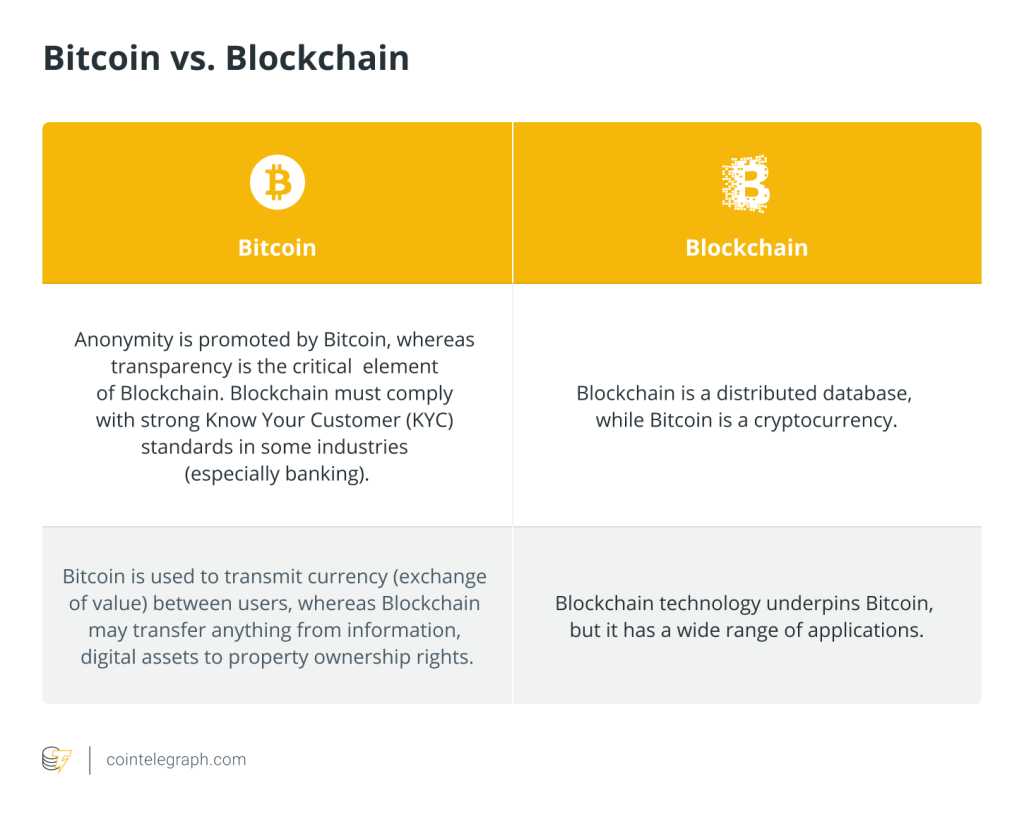
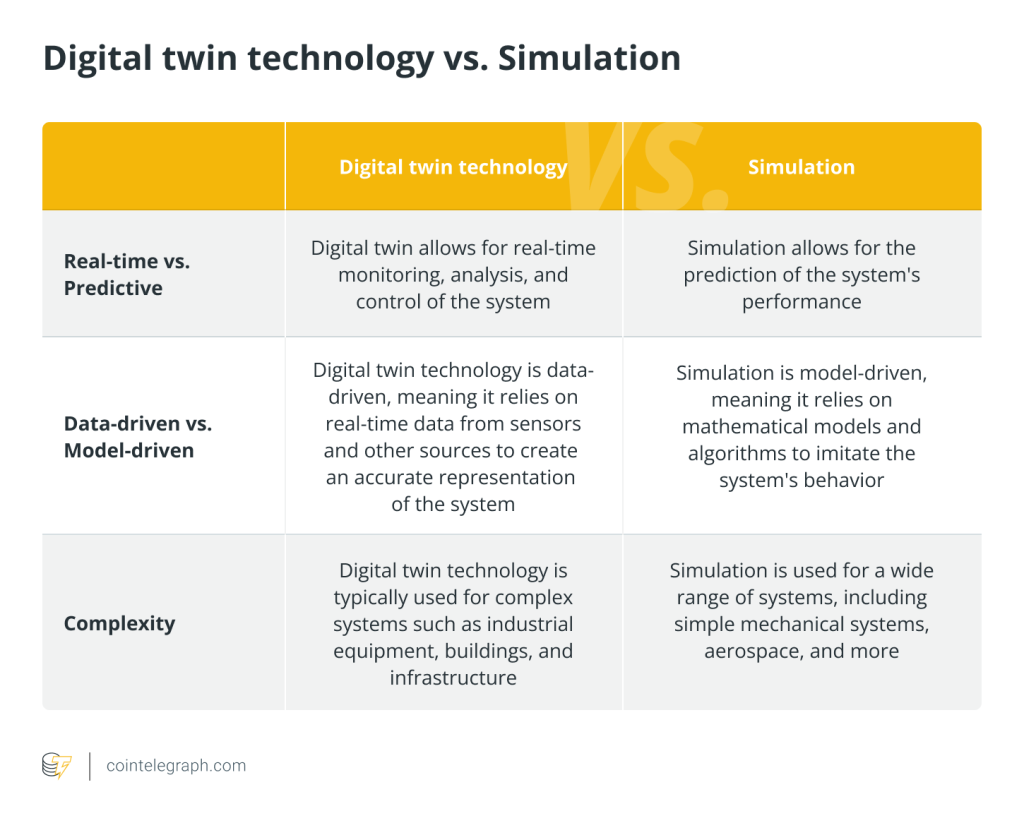
Responses